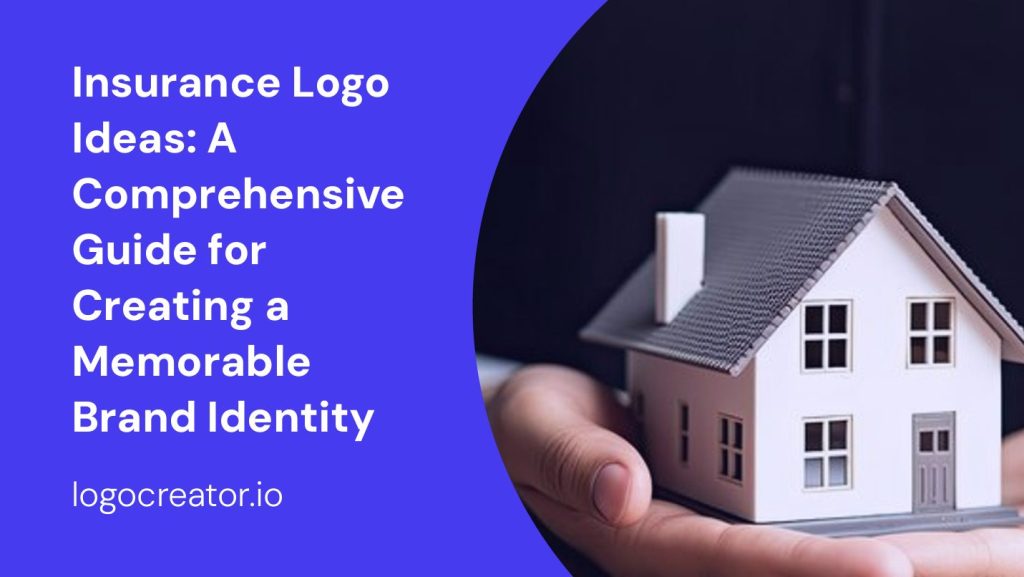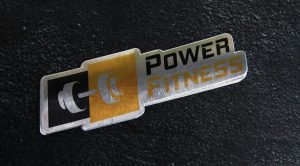When it comes to the insurance industry, having a strong and recognizable brand identity is crucial. An effective logo serves as the face of your company, conveying trust, reliability, and professionalism to potential customers. In this guide, we will explore various insurance logo ideas and provide you with practical tips and inspiration to create a logo that sets your business apart from the competition.
Importance of a Well-Designed Insurance Logo
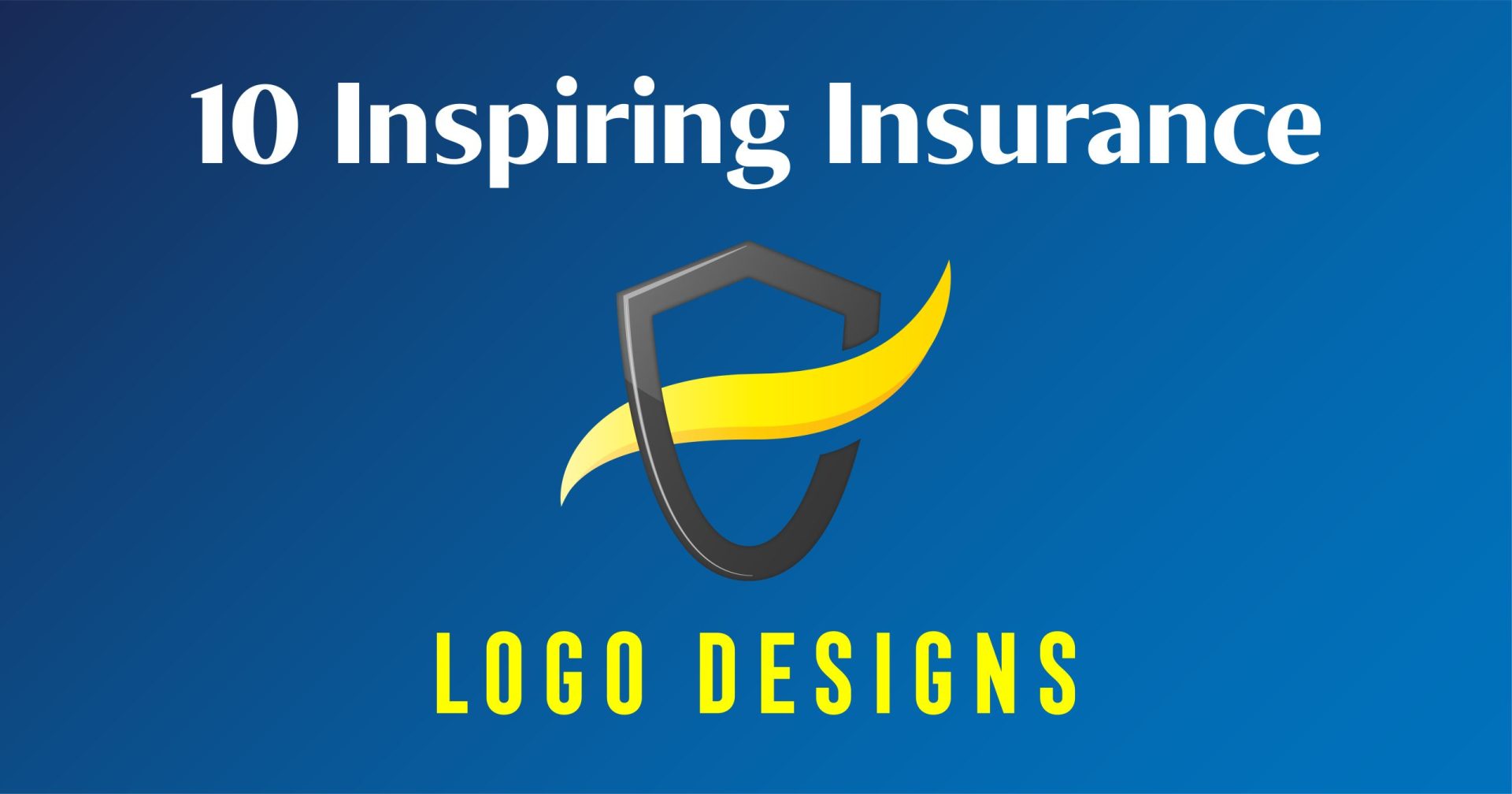

Before diving into logo design ideas, it’s important to understand the significance of a well-designed logo for your insurance business. Here are a few reasons why a logo is essential:
- Brand Recognition: A logo is a visual representation of your company. It helps customers recognize and remember your brand, even when surrounded by numerous competitors.
- Professionalism: A professionally designed logo demonstrates that your insurance business is credible and trustworthy. It gives potential customers confidence in your services.
- Differentiation: In a saturated insurance market, a unique and distinctive logo helps your business stand out from the crowd. It allows you to differentiate yourself and attract the attention of your target audience.
Now that we understand the importance of a well-designed insurance logo, let’s explore some effective logo ideas and design elements.
Logo Ideas for Insurance Companies
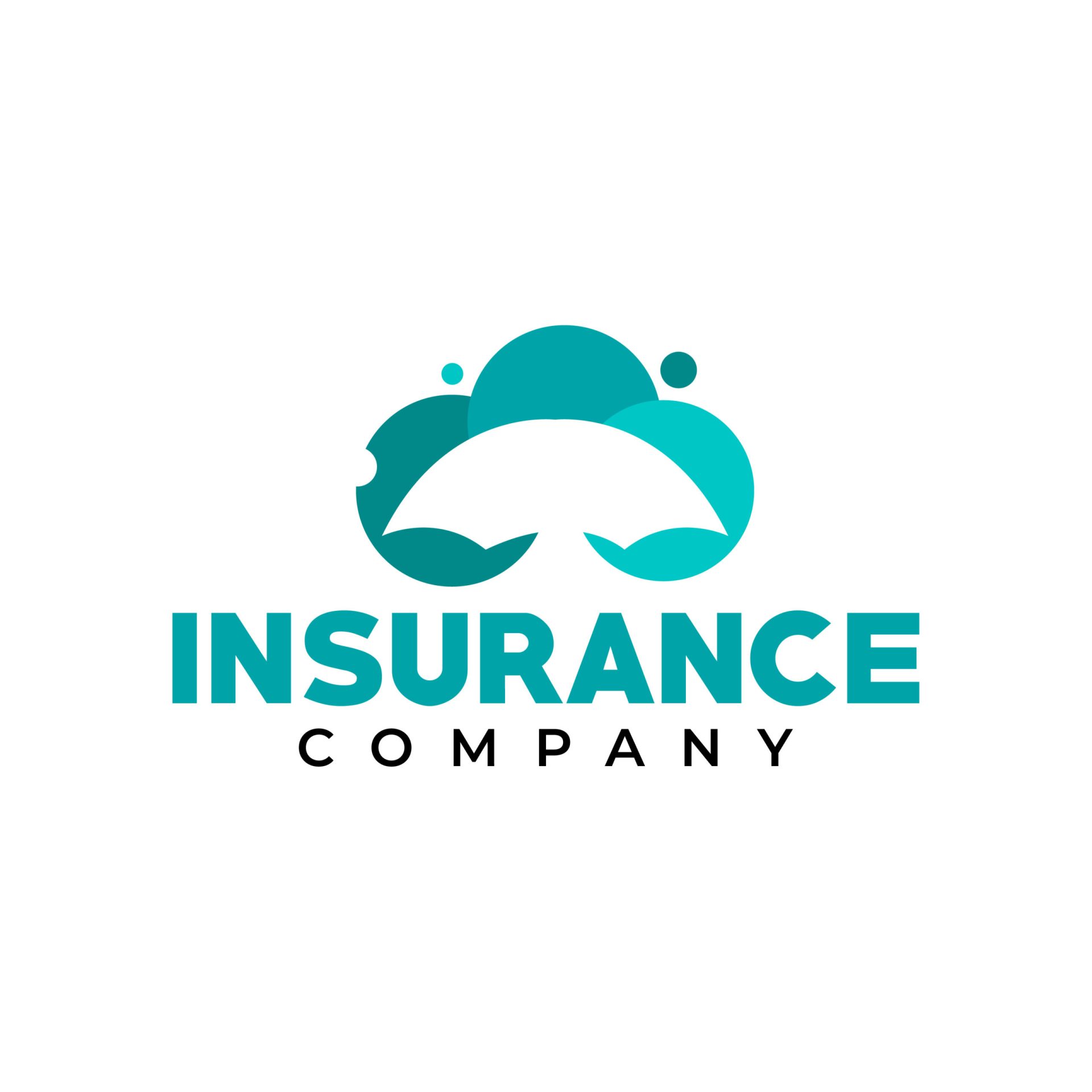

1. Classic and Timeless Logos
Classic logos are characterized by simplicity, elegance, and timeless appeal. These types of logos often incorporate traditional symbols associated with insurance, such as shields, laurel wreaths, or columns. They convey a sense of stability and reliability, which are essential qualities for an insurance company.
Example Insurance Logo Ideas:
- A shield with the company name placed inside. The shield represents protection and security.
- A laurel wreath surrounding the company initials, symbolizing victory and trust.
- A column or pillar with the company name wrapped around it, representing strength and stability.
2. Modern and Minimalistic Logos
In recent years, minimalistic logo designs have gained popularity across various industries, including insurance. These logos rely on clean lines, simple typography, and negative space to create a sophisticated and contemporary look. A modern logo design can help your insurance brand appear fresh, forward-thinking, and approachable to a younger audience.
Example Insurance Logo Ideas:
- A simple geometric shape, such as a square or circle, with the company initials inside.
- A minimalist icon that represents an aspect of insurance, such as a key, shield, or umbrella.
- A sleek, sans-serif font with the company name positioned horizontally or vertically.
3. Symbolic Logos
Symbolic logos often use abstract shapes or visual metaphors to convey the essence of your insurance business. These logos are open to interpretation and can evoke emotions or ideas without explicitly stating them. Symbolic logos are a great choice if you want to create a logo that sparks curiosity and engages your audience on a deeper level.
Example Insurance Logo Ideas:
- A rising sun symbolizing a new beginning or protection against unforeseen events.
- A stylized maze or labyrinth representing the complexities of insurance and the guidance your company provides.
- An interconnected network of lines or circles symbolizing the strength and interconnectedness of your insurance offerings.
4. Typography-based Logos
Typography-based logos rely on unique fonts, creative letterforms, and clever wordplay to create a memorable visual identity. With the right font choice and typographic treatment, you can communicate the values of your insurance company effectively. Typography-based logos work particularly well for businesses with a strong brand name or a tagline that can be creatively incorporated into the design.
Example Insurance Logo Ideas:
- Playful lettering with overlapping characters, representing the idea of protection and coverage.
- A stacked arrangement of the company name, with each letter in a different color, conveying diversity and inclusivity.
- A typographic logo where the negative space between letters forms a symbol related to insurance, such as an umbrella or a shield.
Tips for Designing an Effective Insurance Logo
Now that you have some logo ideas in mind, here are a few tips to guide you through the logo design process and ensure that your final logo effectively represents your insurance business:
1. Know Your Target Audience
Understanding your target audience is crucial when designing a logo. Consider the demographics, preferences, and values of your potential customers. A logo designed for a young, tech-savvy audience will differ significantly from a logo aimed at older, more traditional customers.
2. Keep It Simple
Simplicity is key when it comes to logo design. A cluttered or overly complex logo can be visually confusing and difficult to remember. Aim for a clean and uncluttered design that is easily recognizable and scalable across different mediums.
3. Choose Appropriate Colors
Colors play a significant role in logo design, as they evoke emotions and convey meaning. For insurance logos, it is common to use colors like blue, which symbolizes trust and reliability, or green, which represents growth and security. Consider the psychological impact of different colors and choose a color palette that aligns with your brand values.
4. Ensure Scalability
Your logo will be displayed across various platforms and sizes, so it is crucial to design a logo that is scalable without losing its clarity or legibility. Test your logo across different mediums, such as business cards, websites, and promotional materials, to ensure it looks great at any size.
5. Seek Professional Help, if Needed
If you lack design experience or want to ensure a polished, professional result, consider hiring a graphic designer or a design agency specializing in logo design. They can help bring your vision to life and provide valuable insights and expertise.
Conclusion
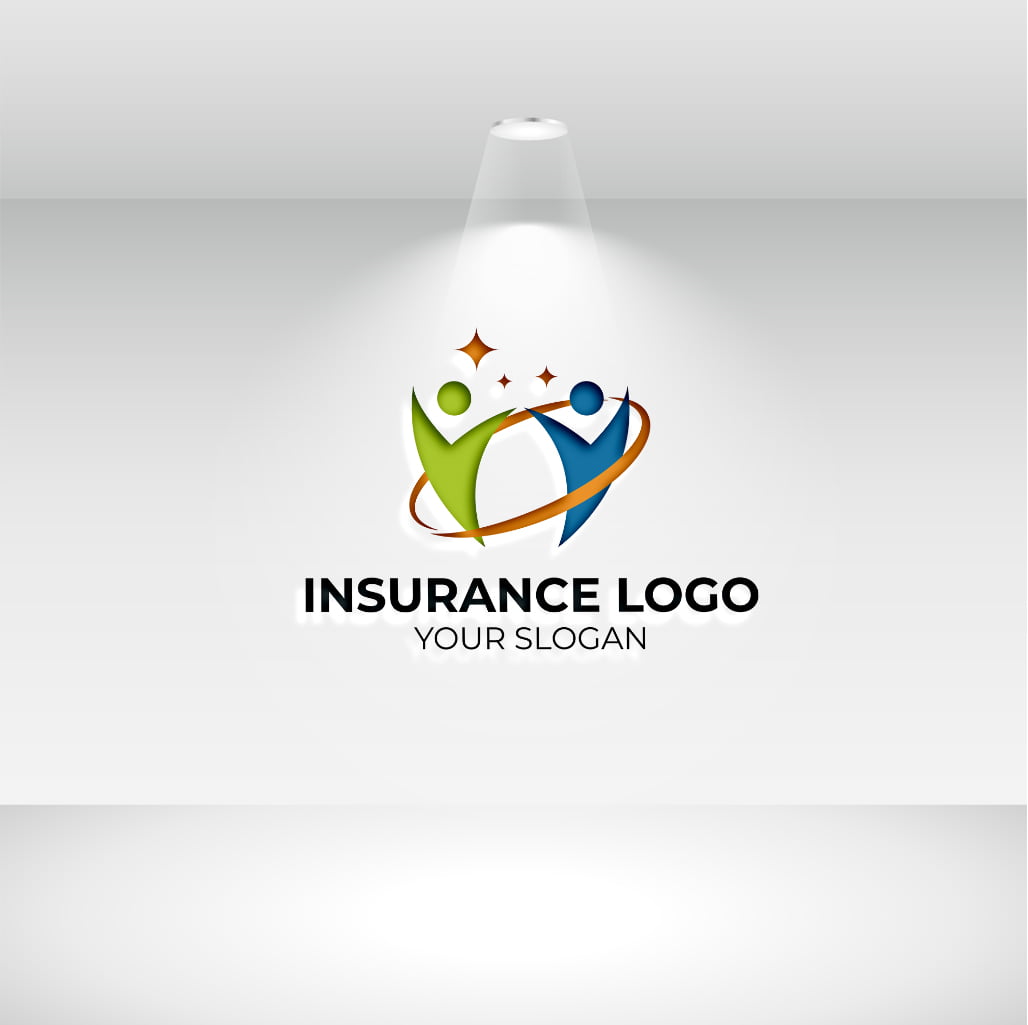

Creating a memorable and effective insurance logo is essential for establishing a strong brand identity in the competitive insurance market. Whether you opt for a classic, modern, symbolic, or typography-based logo, remember to keep it simple, choose appropriate colors, and consider your target audience. By following these logo design ideas and tips, you will be well on your way to creating a logo that effectively represents your insurance business and resonates with your target audience.
Marietta Arnold is a branding and design enthusiast who draws inspiration from hobbies like hiking, photography, and art exploration. With a background in graphic design, she shares insights on branding strategies and logo design trends. Stay updated with Marietta’s work for the latest in branding and design.
